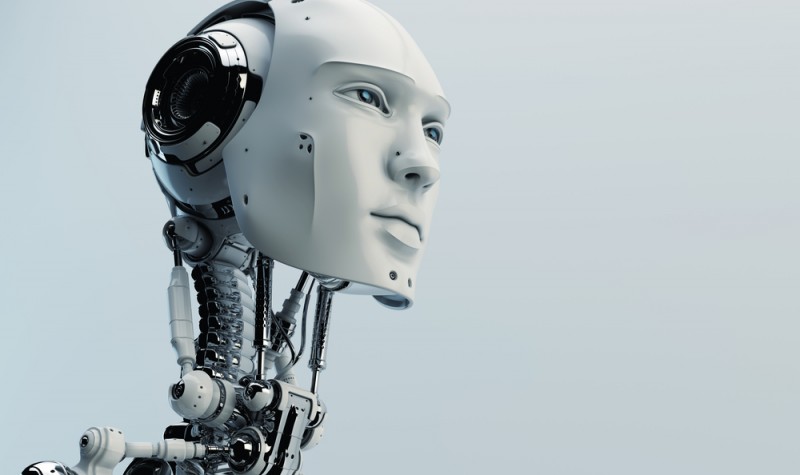Will There Be Jobs that Robots Won’t Be Taking Over?

We often get asked by concerned parents which fields of study they should be encouraging their children to pursue, in light of the fact that technology is progressing at an ever faster pace and that many of today’s jobs will be replaced by robots over the next 50 years. Definitely not finance is usually our first response to them, at least not in its current form. The days of the big bonus cheques from cushy jobs on Wall Street or in the City are numbered. Huge inefficiencies in the industry have allowed financial institutions to generate juicy profits over the years. But technology has been chipping away at these inefficiencies and eroding the profit margins that banks have been enjoying from their customers for too long. For example, crowd funding is becoming a serious alternative for businesses and individuals when it comes to borrowing money.
Back to the original question of which jobs in the future are less likely to be replaced by robots. Our book has 8 themed chapters on where the future is taking us, any one of which offers an exciting field for someone entering the workforce today or in the coming decade. But if we had to pick our favourites in terms of where the real disruptions are going to be occurring, we would have to say robotics/automation and life sciences. In some cases the two areas overlap each other, i.e. smarter computers are enabling greater progress in the search for medical breakthroughs. So if a student today is looking to be at the centre of where the action is going to be in 5 to 10 years from now, she should get comfortable with mathematics and programming – writing code will be as ubiquitous as using spreadsheets today. There will be an ever increasing number of open source libraries comprising easy-to-use modules of code, enabling us to assemble these modules to create highly sophisticated programs in a simple manner. This will allow a programmer to write something in a few days that may previously have taken millions of man-hours.
An understanding of micro-circuitry and micro-biology will be a huge advantage too, as we become better at making robots minutely small. Mission-specific nanobots will be able to do amazing things, such as cure diseases once injected into a patient’s bloodstream; or reduce greenhouse gas levels in the atmosphere, where nanobots can be programmed to identify CO2 and methane gas and bind with it to form an inert compound.
Jim’s latest book, Fast Forward, is available to download via Kindle
Comments (0)